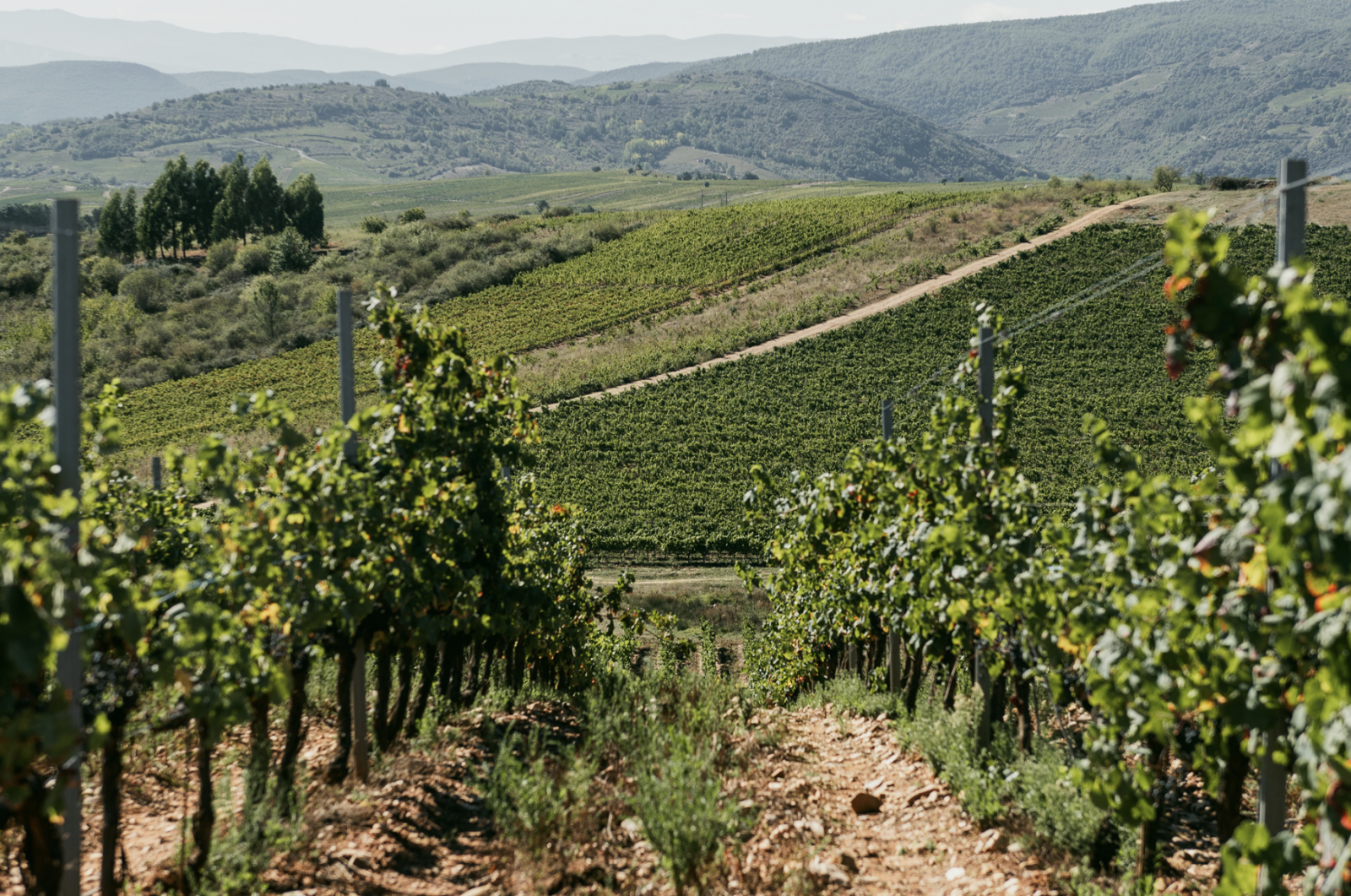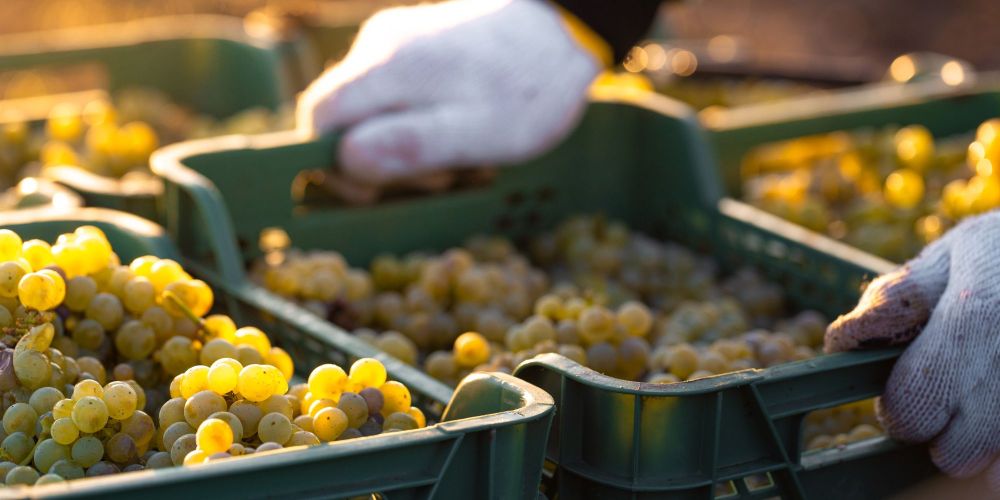BLOG
Rediscovering Sherry – A Look into the Past and Present
Natasha Hughes MW
Regions and Producers
Many wine regions in Europe like to reference their long history, typically dating the arrival of the first vineyards back to the time of the Roman legions. Viticulture in Jerez may well have an even longer history than that; it’s entirely possible that the first vines in the region were planted by the Phoenicians around the time they established the nearby port city of Cadiz in 1,110BC.

Southern Spain passed into the hands of the Carthaginians, who were succeeded in turn by the Romans, the Vandals, the Visigoths and the Moors, and the vineyards in southern Andalucia continued to thrive. But viticulture in the area really took off after the Reconquista, when al-Andalus became part of the Christian West, re-establishing trade links with the rest of the Iberian Peninsula, France and England. It is entirely possible, according to sherry expert Julian Jeffs, that sherry was the first wine to be shipped to the Americas as Columbus’ fleet set sail from an Andalucian port.
By the 16th and 17th century, we begin to see references to the wines of Jerez (often known as ‘sack’ or ‘sherris-sack’) in English literature and letters. Shakespeare mentions the wines in a number of his plays, including Henry IV, Richard III and the Merry Wives of Windsor. It’s unclear, however, whether these wines were dry or sweet, although multiple references to the blending of sweet wines or sugar with sherry sack suggests that the wines were largely dry. Indeed, the diarist Samuel Pepys wrote about drinking a mix of sherry and malaga (a sweet dried-grape wine) in 1662. The issue of when these wines were first fortified is also a matter of debate.

Sherry’s fortunes on the world stage waxed and waned with the trade wars – and real wars – of the next couple of centuries, but by the middle of the 19th century, exports were on the increase. Furthermore, the region’s wines were being made in a style that we would recognize today. There are references to biological ageing from the mid-eighteenth century onwards, and with exports increasing of these flor-aged wines from the early part of the 19th century onwards comes a growing likelihood that these would have been fortified to ensure stability. Hand in hand with developments in winemaking in the region came a growing recognition of the value of terroir, and the best vineyards, or pagos, were increasingly celebrated by growers.
A fascinating price list from Berry Bros (a venerable UK wine merchant) dated to 1909 shows an extensive range of sherries being marketed at prices that equalled – and sometimes outstripped – those of bottlings from Bordeaux and Burgundy. This list also suggests that all the styles now familiar, from biologically aged manzanillas through to aged amontillados and rich olorosos, were available to sherry lovers in the UK and elsewhere.

But the rot was already setting in. The arrival of phylloxera in the last few years of the 19th century devastated Jerez’s vineyards, and the image of sherry among wine lovers in the UK – the region’s biggest export market – was on a downhill slide that picked up pace in the aftermath of the Second World War. The solution to their declining fortunes reached by the Jerezanos came in a shift in emphasis. Production was refocused to concentrate on producing large volumes of cheap sweetened oloroso marketed as cream sherry. By the 1970s, one company, Rumasa, dominated production in Jerez and controlled up to half of the region’s trade. Small-scale wineries focused on terroir-specific wines gave way to industrial facilities and economies of scale.
By the time I began writing about wine in the early 2000s, most articles about sherry began with a reference to the fact that these wines were not all about the bottles of dark sticky stuff your elderly auntie (it was always an auntie) kept in her sideboard and brought out at Christmastime. But slowly, initially almost imperceptibly, the tide was turning (as the tide always does). The first hint was the creation of two categories for aged sherries in 2000. The arrival of VOS wines (those with an average age of 20 years or more) and VORS wines (for wines with an average age of 30 years) signalled a new respect for Jerez’s capacity to make high-quality wines. A dissertation written in 2006 by one of my fellow MWs, Sarah Jane Evans, focused attention on almacenistawines, those made and aged by small, independent producers. In 2014, I published my own MW dissertation, which examined the prospects for en rama sherries, a small and poorly defined style of premium fino and manzanilla bottlings that were beginning to make their way onto the market in the UK and the USA.

Fast forward another decade, and the focus on developing new, premium products in Jerez has really picked up pace – often with a knowing nod to the region’s historical glory days. Single-vineyard wines are of increasing relevance to both producers and sherry buffs, with the pagos of Macharnudo, Balbaina and Carrascal attracting particular interest. Bottlings of single barrels, many of them extremely old, are a focus for many of the top wineries, most notably Barbadillo and Gonzalez Byass.
Some bodegas have begun to release single-vintage bottlings, once fairly standard in the region, but a rarity in modern times. And there’s a plethora of special cuvées available for enthusiasts, many of them limited-edition bottlings. These include Tio Pepe’s Palmas selection, an annual edition that traces sherry’s journey from fino to amontillado via four separate bottlings selected by the bodega’s head winemaker, Antonio Flores, who works with a different international sherry expert every year to identify the barrels that make up these wines. Or there’s Barbadillo’s Levante and Poniente manzanillas, which, via a selection of wines drawn from barrels at different ends of their largest sherry cathedral, demonstrate the influence of the region’s two prevailing winds on the level of flor in the criaderas. It doesn’t take much detective work to track down a growing diversity of highly individual bottlings in a region that was once best known for the consistent uniformity of its wines. While these wines are still a niche interest for many, they’re increasingly sought after by those who love and admire the region. It’s taken a century or so, but Jerez has really begun to rediscover its mojo at long last.




